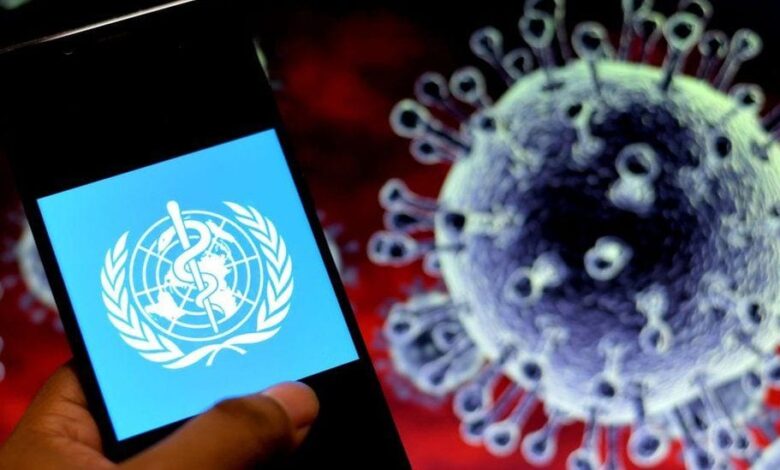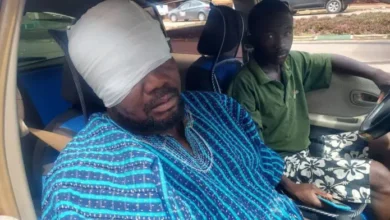WHO to Rename Monkeypox in Avoidance of Africa Stigma

The WHO says it is working with experts to come up with a new name for monkeypox.
About 30 scientist and more complained in writing last week about the “urgent need for a non-discriminatory and non-stigmatising” name for the virus and the disease it causes.
“Continued reference to the virus as African is both inaccurate and discriminatory”, they said.
Over 1,600 cases of the disease have been recorded globally in recent weeks.
Ghana is said to have recorded a little below 10 cases since it resurgence in recent weeks
What is Monkeypox?
It is from the family of the viruses as smallpox, and it’s caused by a virus known as monkeypox as the name stands now? Unlike the other viruses from the family, it’s chances of infections are low and the pain is less severe.
The virus is predominant in the remote parts of central and West African countries closer to tropical rainforests. Animal host of the virus includes rodents and non-human primates according to WHO.
Read on: Police Officer Busted for Carrying Indian Hemp in Kpeve
When first was Monkeypox identified?
The virus according to the WHO was first identified in humans in 1970 in the Democratic Republic of Congo. It was first identified in a 9 month old boy in a region where smallpox had been eradicated completely in 1968. Ever since the case escalated to the other parts of Africa. 11 African countries were said to have recorded the virus after the outbreak; Benin, the Central African Republic, Cameroon, the Democratic Republic of the Congo, Gabon, the Republic of Congo, Cote d’Ivoire, Liberia, Nigeria, Sierra Leone and South Sudan.
What are the Signs and Symptoms of Monkeypox?
According to the WHO, it can be divided into two periods;
- Fistly, the invasion period (lasts between 0-5 days). During this period, one would have fever, intense headache, lymphadenopathy (swelling of the lymph nodes), back pain, myalgia (muscle aches) and intense asthenia (lack of energy).
- Secondly, is the skin eruption usually begins within 1-3 days of appearance of fever. The concentrated area for the rush is the face and extremities rather than on the trunk. Some other areas affected are the palms of the hands and soles of the feet, the face, oral mucous membranes, genitalia, conjunctivae and the cornea.
The rashes on the face spreads quickly to the other parts of the body and it’s very itchy or painful. After going through the various stages, it turns to form a scab, falls off at a later time.
In about 14 and 21 days, the infection clears on its own.
How do you contract monkeypox?
- Being in a close contact with an infected person, It may enter your body through broken skins, the respiratory tract or the eyes, nose or mouth.
- It can also be transmitted through intercourse.
How to prevent monkeypox
It can be prevented through vaccination since it proved largely positive against the smallpox, about 85% effective.
Also, through infection prevention.
Is monkeypox deadly?
Monkeypox may be deadly in
1 in 10% of infected persons dies. The mortality rate is very low though.
Sources: BBC, WHO
Check this out:
- Kpando MCE Handed Over 200 Dual Desk to GES in The Municipality
- Central Tongu DCE Hands Over Dual Desk as He Commemorated Tree Planting.
- Green Ghana Day: Kpando MCE to Query Assembly Staffs Who Did Not Plant Trees
- NAGRAT to Strike if Their Demands Are Not Met by Government
- NaCCA Ordered Withdrawal of Primary 2 History Textbooks
Click the link below to Join our Discussion Forum for regular news updates.
<<< CLICK HERE TO JOIN OUR WHATSAPP GROUP >>>
Don’t forget to share with the social media buttons below.




